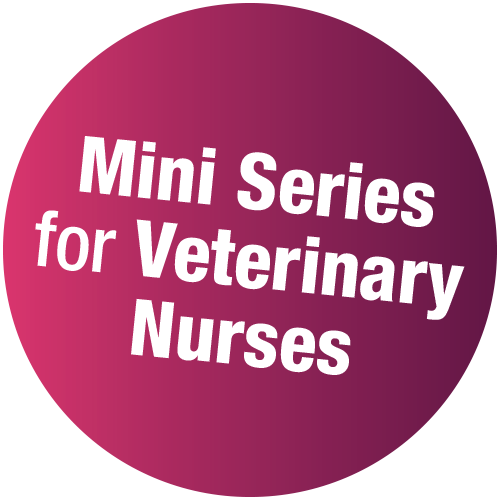MS183 How do I know that my patient is alive? – Nurses
£297.00 (+VAT)
12 months access to recordings and course materials is included. Please note that these are webinar recordings and not live events. Full details on how to access the Mini Series will be emailed to you.
- Join Adam Auckburally BVSc CertVA DipECVAA MRCVS for three 2-hour online sessions
- Comprehensive notes to downloaded
- Self-assessment quizzes to ‘release’ your 8 hours CPD certification (don’t worry, you can take them more than once if you don’t quite hit the mark first time)
- A whole year’s access to recorded sessions for reviewing key points
- Superb value for money – learn without travelling
- Watch the live events or the recordings on your iPad!
Programme
Pulse Oximetry
What does that number actually mean? Despite many practices owning a pulse oximeter, it is often never used, or when it is used there is confusion when interpreting the number displayed. In most instances turning up the oxygen flow is not the answer. Covered in this session will be:
-
- An introduction to the basic science of oxygen carriage and delivery
- How to interpret the number displayed on the monitor
- Diagnosis of the causes of hypoxaemia and how to deal with them
- Case scenarios
Session 2Capnography
Now it’s time to drag that monitor out from under the anaesthetic machine! This is another piece of equipment that is rarely used in practice – for many the cost of equipment such as this precludes its use and it may only be used in ‘high risk’ cases. In this session you will learn about:
- Why capnography is THE most useful piece of monitoring equipment
- The basic science of carbon dioxide production and elimination
- Shapes and waveforms – how to interpret them
- ETCO2 and how to interpret the number
- Diagnosis of hypocapnia and hypercapnia and how to deal with them
Session 3Blood Pressure and Basic electrocardiography for the anaesthetist
Many practices own a Doppler machine, but fewer will have oscillometric devices for measurement of blood pressure. Additionally, real-time ECG analysis in the anaesthetised patient is very rarely carried out, and if it is, is often a source of panic when things go awry. Discussed in this final session will be:
- An introduction to the physiology of blood pressure
- How to measure blood pressure non-invasively and get reliable results
- A short introduction to invasive blood pressure measurements
- How to interpret some of the real-time ECG patterns commonly observed in animals under anaesthesia
- How not to panic!
- When and how to deal with common ECG abnormalities
- Recognition of cardiac arrest – what is an ‘arrest pattern’
The price includes all 3 sessions, notes and quiz – 8 hours of CPD
*No traffic jams, accommodation hassles, pet or childcare, rota clashes, locum fees ……….. just great CPD and a valuable ongoing resource.
Course Feedback :
“Great recap of the basics, especially capnopgraphy which Im not used to having access to.”
“Will give me more confidence in my monitoring skills”
“Very interesting and explaining difficult and complicated problems in a very easy and transparent way!”



